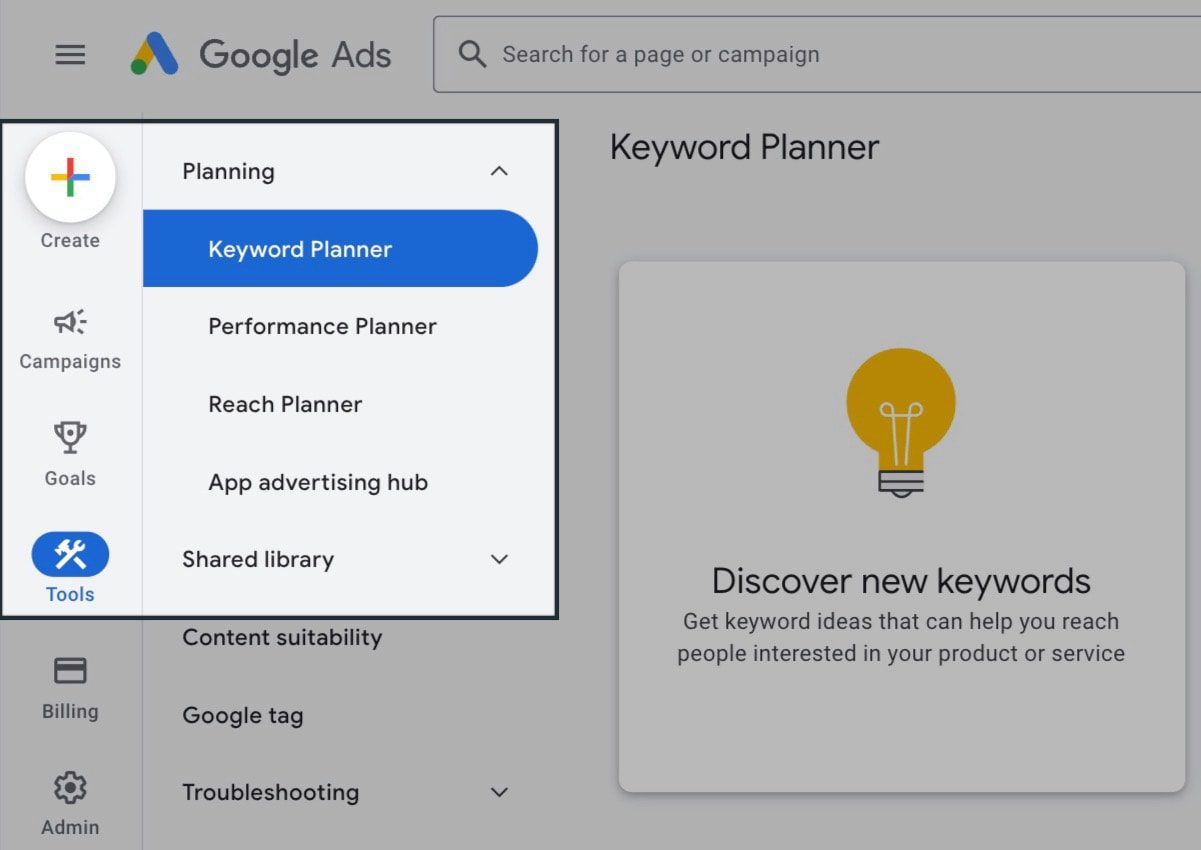
Your Google Ads Account
Google Ads is a powerful tool that can help businesses of all sizes reach their target audience, increase visibility, and drive sales. Setting up a Google Ads account might seem daunting, but with the right guidance, you can get your campaigns up and running smoothly. This quick guide will walk you through the essential steps of setting up your Google Ads account, ensuring compliance, and creating effective ad campaigns.

Our amazing team is always hard at work
Create Your Google Ads Account
- Visit the Google Ads Website: Go to Google Ads and click on the “Start Now” button.
- Sign In or Create an Account: Use your existing Google account or create a new one specifically for managing your Google Ads.
- Set Up Billing Information: Enter your billing details to enable your ads to go live.
Define Your Campaign Goals
Determine what you want to achieve with your Google Ads campaign. Common goals include:
- Sales: Drive purchases on your website.
- Leads: Encourage sign-ups or inquiries.
- Website Traffic: Increase the number of visitors to your site.
- Brand Awareness: Increase visibility of your brand
Choose Your Campaign Type
Google Ads offers various campaign types to suit your goals:
- Search Campaigns: Text ads that appear on Google search results.
- Display Campaigns: Image ads that appear on websites across the Google Display Network.
- Video Campaigns: Ads that appear on YouTube and other video partner sites.

Google Ads offers various campaign types to suit your goals:
- Search Campaigns: Text ads that appear on Google search results.
- Display Campaigns: Image ads that appear on websites across the Google Display Network.
- Video Campaigns: Ads that appear on YouTube and other video partner sites.
Set Your Budget and Bidding Strategy
- Daily Budget: Decide how much you want to spend per day on your campaigns.
- Bidding Strategy: Choose a bidding strategy that aligns with your goals, such as cost-per-click (CPC), cost-per-thousand impressions (CPM), or cost-per-acquisition (CPA).
Target Your Audience
- Geographic Targeting: Specify the locations where you want your ads to appear.
- Demographic Targeting: Choose the age, gender, and household income of your ideal audience.
- Audience Segments: Target specific groups based on their interests and behaviors.

Conduct Keyword Research
- Use Google Keyword Planner: Find relevant keywords for your ads.
- Select Keywords: Choose keywords that match your business and campaign goals.
- Group Keywords: Organize your keywords into ad groups for better targeting and relevance.
Conduct Keyword Research
- Use Google Keyword Planner: Find relevant keywords for your ads.
- Select Keywords: Choose keywords that match your business and campaign goals.
- Group Keywords: Organize your keywords into ad groups for better targeting and relevance.

Create Compelling Ad Copy
- Headline: Write a catchy and relevant headline.
- Description: Provide detailed information about your offer or service.
- Call to Action (CTA): Encourage users to take action, such as “Buy Now” or “Learn More.”
Set Up Landing Pages
- Ensure your landing pages are relevant to the ad content and optimized for conversions:
- Relevance: Match the landing page content with the ad’s message.
- User Experience: Make the page easy to navigate and mobile-friendly.
- Conversion Elements: Include clear CTAs, forms, or contact details.
Launch and Monitor Your Campaign
- Review Your Campaign: Double-check all settings before launching.
- Monitor Performance: Use Google Ads and Google Analytics to track the performance of your ads.
- Optimize: Continuously optimize your keywords, ad copy, and targeting based on performance data.

Setting up your Google Ads account correctly is the first step toward a successful online advertising campaign. By following these steps, you can create effective ads that reach your target audience and achieve your business goals. Regular monitoring and optimization will ensure your campaigns continue to perform well and deliver the desired results.
Monitor key performance metrics such as click-through rate (CTR), conversion rate, cost per conversion, and return on ad spend (ROAS) using Google Ads and Google Analytics.
Use the Google Keyword Planner tool to find relevant keywords that match your business and campaign goals. Focus on keywords with high relevance and search volume.
Visit the Google Ads website, click on “Start Now,” sign in with your Google account or create a new one, and enter your billing information to get started.
The digital marketing landscape is constantly evolving. Our team is committed to ongoing education and professional development. We regularly attend industry conferences, participate in webinars, and subscribe to leading marketing publications to ensure we’re always on the cutting edge.
While we work with clients across various industries, we’ve developed a strong track record in animal care and meditation-related businesses. Our expertise in these areas allows us to deliver highly targeted and effective digital marketing solutions.
Google Ads is an online advertising platform developed by Google, where advertisers pay to display brief advertisements, service offerings, product listings, or videos to web users.
We start with an initial consultation to learn about your business and goals. Then, we’ll define the project scope and create a budget that fits your needs. If you’d like to proceed, we’ll provide a proposal outlining our strategy.
We offer a full suite of digital marketing services, including strategy, web design and development, social media, paid advertising , and reporting and analytics.
Google Ads offers various campaign types, including Search, Display, Video, Shopping, and App campaigns, each suited for different advertising goals.

